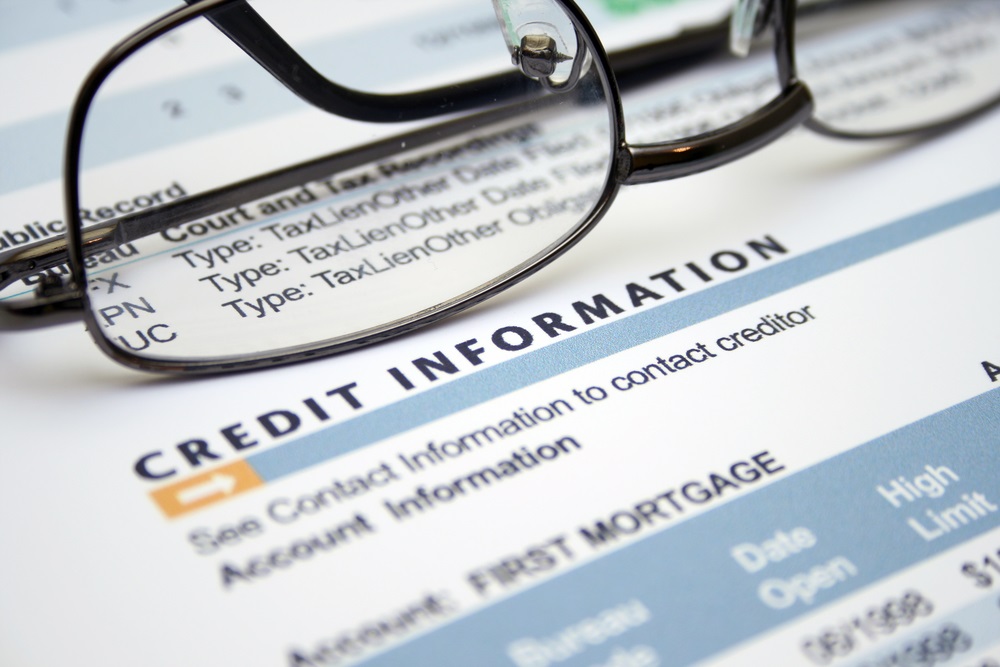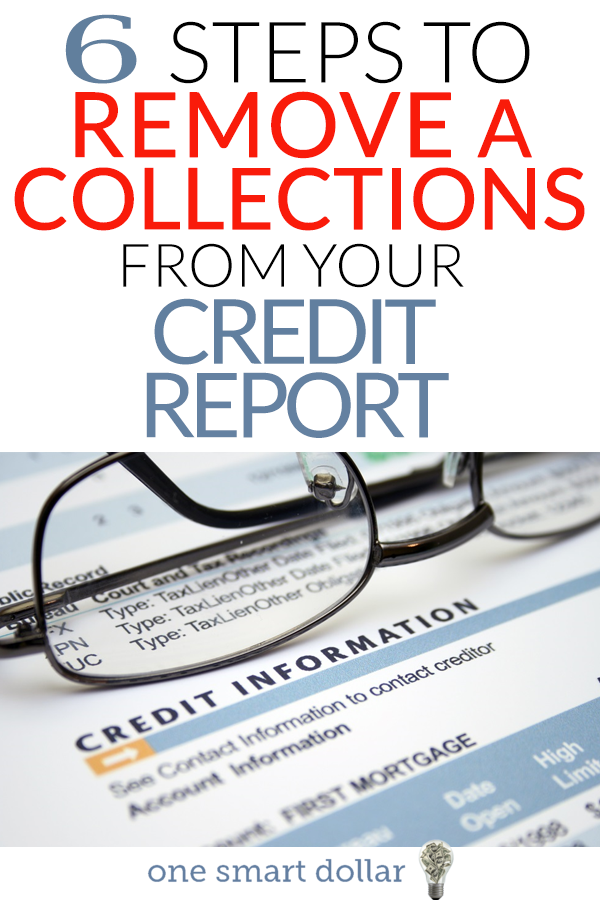
Your credit score is a direct reflection of your credit report. It’s considered an important measure of your financial responsibility. Along with the number of accounts or loans you have, your payment history, and your total credit available, past collections are an important factor that credit companies consider when calculating your credit score.
If you have some less-than-perfect credit history, like an account that went to collections, it can bring your score down. But there are things you can do to take control of your own credit history so it doesn’t control you.
Timeframe
Most creditors will send your account to a debt collection agency if you haven’t made payments for several months. Once an account goes to collections, it gets listed on your credit report. It can stay there for up to seven years. So for the next seven years, future lenders will be able to see the details of the account as well as the fact that it went to collections.
Because having a debt collection on your credit report hurts your credit score, the best thing you can do is have them removed. Here are a few options for dealing with collections that appear on your credit report.
Step 1: Dispute Collections That Aren’t Yours
Debts that aren’t yours are not allowed to be listed on your credit report. If your report shows a collection for a debt balance that isn’t yours, use a credit report dispute to have credit bureaus remove it from your report.
Step 2: Ask for Validation
This is a little-known right that protects people from being preyed on by collection agencies. If a debt collector contacted you for the first time within the past 30 days, you can request a debt validation. This is a process which requires the collection agency to provide you with proof that you actually owe the debt. If the collector can’t make the validation or doesn’t respond to your request, then the debt legally has to be removed from your credit report.
Step 3: Sweep Away the Past
The Fair Credit Reporting Act states that any past-due or collections accounts can only remain on your credit report for seven years from the first date of delinquency. If that seven-year reporting period is up, you can dispute the debt from your credit report. You’ll need to have proof of the first date of delinquency in order to move forward with this step. But with a little proof and a dispute form, you can get rid of the ghost of an old debt. Legally it shouldn’t be haunting you anymore.
Step 4: Pay to Delete
Collection agencies make money when people pay their debts. So, if you are able to pay off the debt, you’ll have more negotiation power. Send the collector a letter to tell them you’re interested in paying the account, but only if the collector agrees to remove the entry from your credit report. If the debt collector agrees, be sure to get that agreement in writing. This is in case they don’t follow through and you need it to support a dispute later. If you’re using the pay to delete strategy, never make a payment until you have the debt collector’s assurance, in writing. Once you have their agreement, make a payment, and monitor your credit report to be sure the debt gets deleted.
Although this may sound like a lot of work, it’s the most effective way to get a collections account deleted from your credit report. You’re using the power of money to convince the collection agency to delete the debt from your report. That’s something only they can do.
Step 5: Request a Goodwill Deletion
If you’ve already paid a collection account, don’t lose hope! Some collection agencies may remove a collection from your report if you paid the account. Send the collector a letter asking for a goodwill deletion of the debt from your credit report. It’s not a guarantee, but some agencies will respond by removing the debt from your report if you ask for a little pity. It never hurts to ask, right?
Step 6: Pay it Anyway
If you can’t get the collection debt removed from your credit report, your best move is to pay it anyway. Yes, really. A paid collection is reflected on your report and looks better to future lenders than an unpaid collection. Plus, once you’ve paid it, your credit reporting time limit will start to tick down. Then you can focus on bringing up your credit score in other ways so that the collection becomes just a blip on your report.

